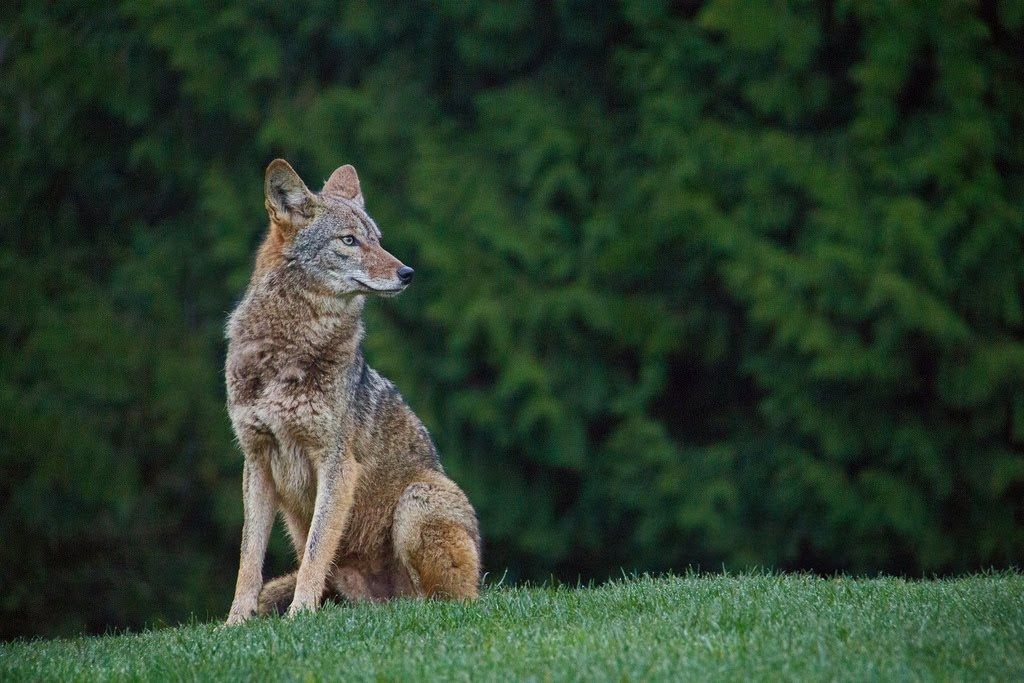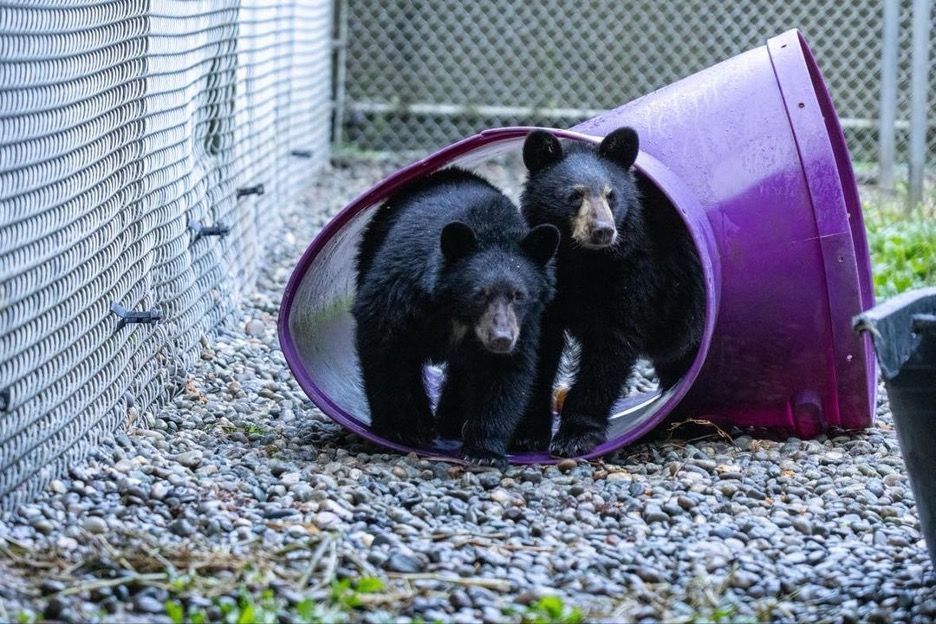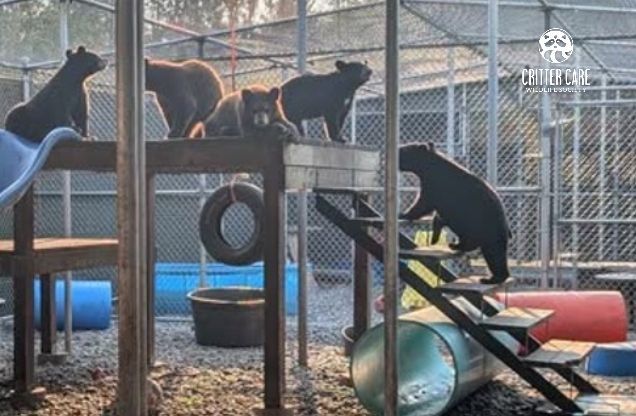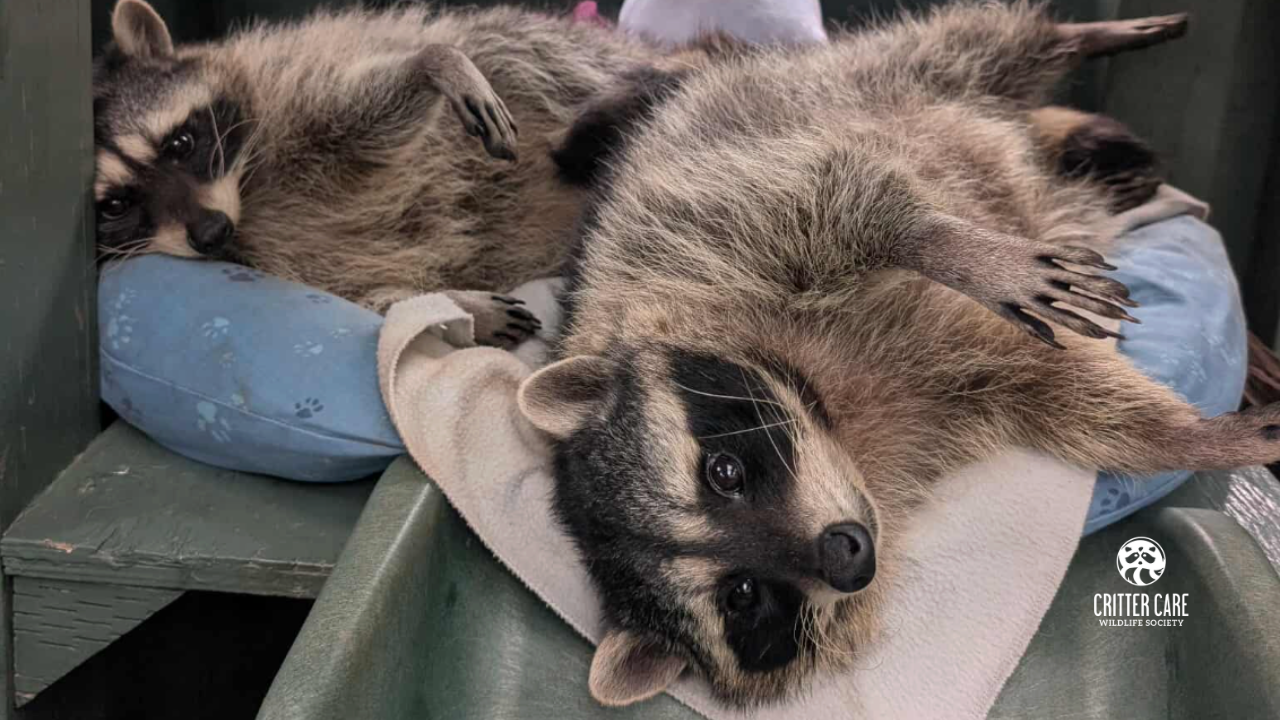The Impact of Urbanization on Wildlife

The Impact of Urbanization on Wildlife
Urbanization has had a profound impact on wildlife, causing widespread habitat loss, deforestation, and an increase in human-wildlife conflicts. The fragmentation of natural environments, along with exposure to new man-made stressors, has significantly altered the composition and behaviour of many animal populations. In this post, we’ll explore the effects of urbanization on wildlife and highlight the importance of addressing these issues for the well-being of both animals and people.
Loss of Biodiversity and Changing Animal Behavior
One of the most pressing concerns is the threat urbanization poses to biodiversity. As natural ecosystems are replaced by concrete and infrastructure, animals lose critical habitats and food sources. Some species adapt, but often at a cost. For example, animals may lose their natural fear of humans, leading to more frequent—and sometimes dangerous—interactions. These changes can disrupt ecological balance and pose risks to both wildlife and human communities.
The Surprising Benefits of Urban Wildlife
Despite the challenges, urban wildlife can also bring benefits. Animals that adapt to city environments can offer people unique opportunities for enjoyment, connection to nature, and education. Watching birds in a local park or spotting a raccoon in a backyard can inspire curiosity and a deeper appreciation for the natural world.
The Importance of Urban Conservation
Urban conservation plays a crucial role in maintaining ecological health within our growing cities. One effective approach is the creation and maintenance of wildlife corridors and green spaces, which allow animals to move safely between habitats. Strategically placing food sources away from residential areas can help reduce conflict and encourage peaceful coexistence.
Building Sustainable Cities Through Nature
Green spaces do more than support wildlife—they also provide recreational opportunities for people and improve overall urban resilience. Parks, gardens, and natural corridors contribute to mental well-being, cleaner air, and climate adaptation. Urban wildlife, when integrated thoughtfully into city planning, has the power to reshape our environments into more sustainable, livable spaces for all.

What Can We Do to Help Urban Wildlife?
As our cities continue to grow, it’s important to acknowledge the direct impact urbanization has on nature and wildlife. The rapid expansion of urban areas often comes at the expense of natural habitats. Recognizing this is the first step toward taking responsibility for the negative consequences our development can have on the environment.
Calling for Responsible Leadership and Development
Beyond personal responsibility, we must advocate for systemic change. Elected officials, government planners, and developers play a critical role in shaping our cities. By encouraging them to take decisive action to minimize the harmful effects of urbanization on wildlife, we can help create healthier, more balanced urban environments where both humans and animals can thrive.
Simple Everyday Actions to Support Urban Wildlife
There are also meaningful steps we can take in our daily lives to reduce harm and promote coexistence with urban wildlife:
- Dispose of garbage properly by using wildlife-resistant bins to prevent animals from becoming dependent on human food sources.
- Keep pets on a leash to avoid disturbing or harming wildlife.
- Avoid feeding or approaching wild animals, as this can disrupt their natural behaviours and increase the risk of conflict.
- Drive cautiously, especially at dawn and dusk, when many animals are most active and at risk of being hit by vehicles.
Small Changes, Big Impact
Protecting wildlife in our cities doesn’t always require grand gestures. Small, consistent actions—paired with advocacy and education—can make a big difference. Together, we can foster urban environments that respect and support all forms of life.
Coyote Photo: Romas Šimonėlis
Bear Photo: Critter Care Wildlife Society
Sign up to get inspiring stories about rescue, rehabilitation and release - Click Here
Critter Care Wildlife Society News
Sign up to get inspiring stories of rescue,
rehabilitation and release from Critter Care
Be the first to receive our newsletter, new blog posts, and updates
about our most critical needs and community news.



